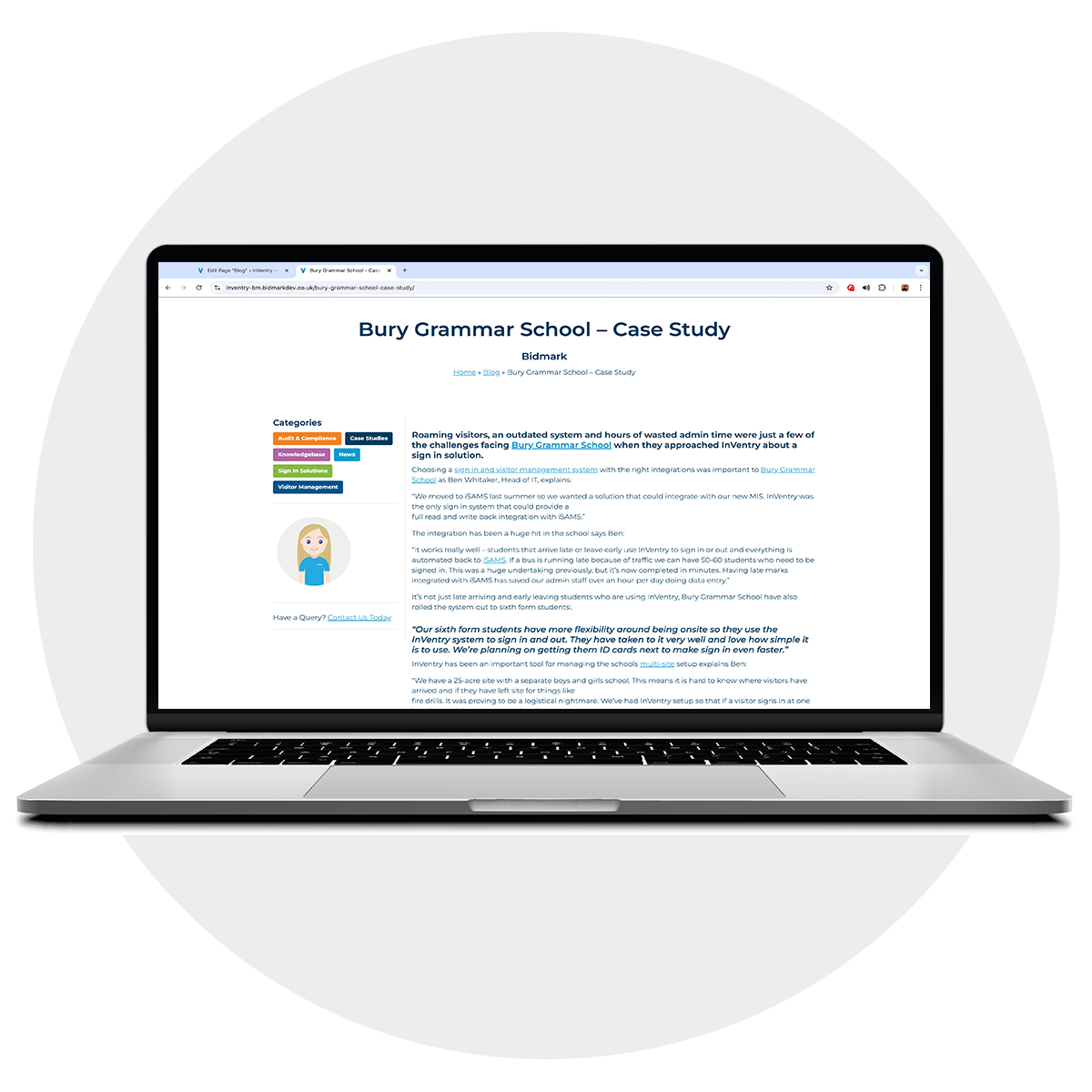Why Registration Attendance Accuracy Is More Important Than Ever?
Recently, we have witnessed a noticeable shift in how schools, colleges, and even corporate...Read More

Your Gateway to Smarter School and Business Solutions
Welcome to The InVentry Blog, where we explore the latest advancements in visitor management, educational software, and school data systems.

Large and small businesses face unique challenges when it comes to managing visitors, ensuring security, and maintaining efficiency. Traditional visitor management methods, such as paper sign-in sheets, often…
Read More

Managing your meeting room reservation processes can be a time-consuming challenge. With teams spread across departments and flexible working becoming the norm, finding available meeting space can turn…
Read More

Recently, we have witnessed a noticeable shift in how schools, colleges, and even corporate organisations manage daily attendance. With more emphasis than ever on safeguarding, data protection, compliance,…
Read More

Meeting room scheduling mishaps like double bookings can derail productivity and create frustration among employees. Implementing an effective meeting room booking management system is crucial to ensure smooth…
Read More
Get In Touch Today To Learn More About Our
Food Manufacturing Visitor Management System.
Request a brochure, or book your free demo today and find out how your business can benefit from our visitor management system for food factories.
Looking for support? Please use our support form